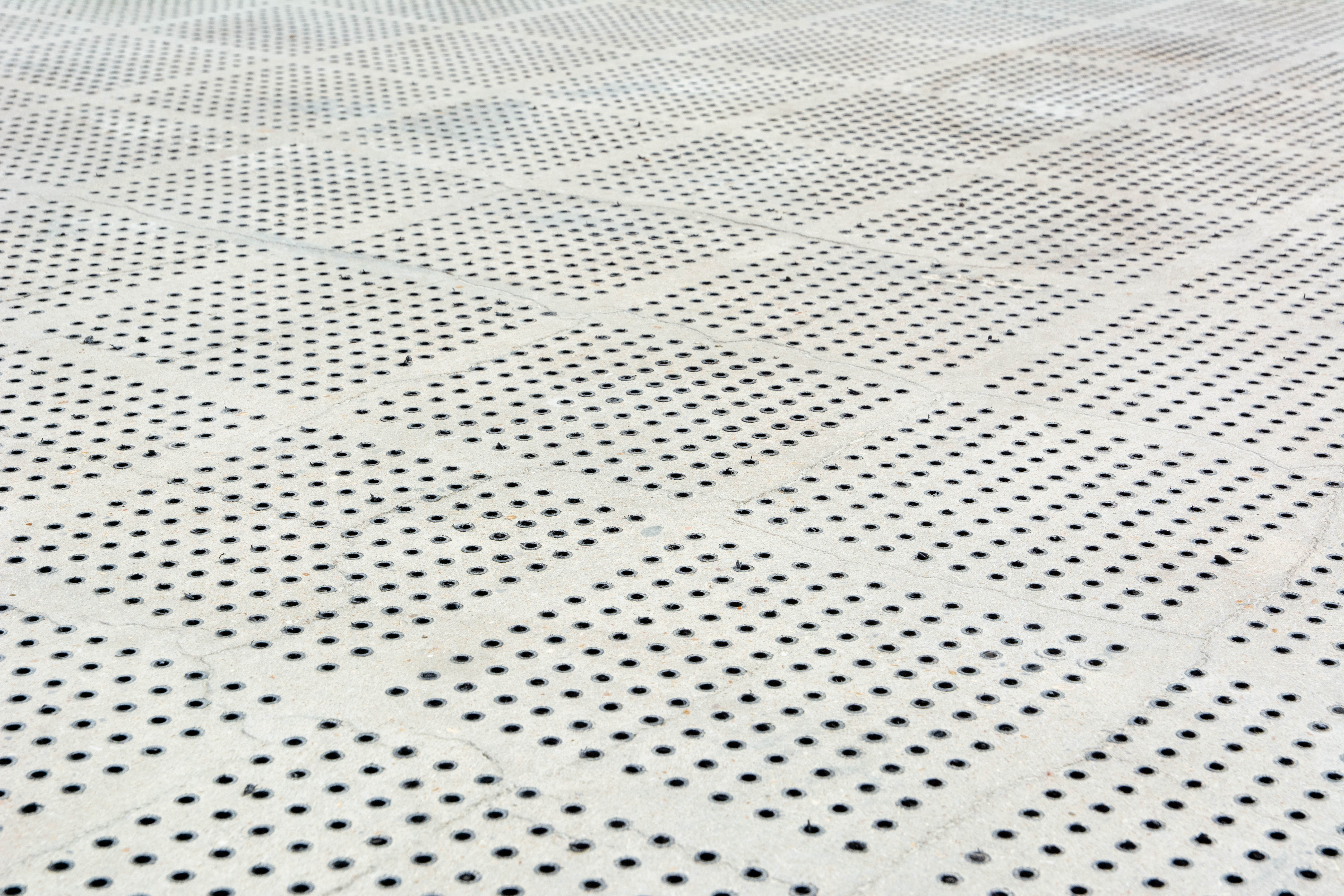

Alternatives to concrete such as an award-winning permeable pavement research case can make a big difference to the efficiency and safety levels of UK’s pathways and transport networks.
Join other savvy professionals just like you at CIHT. We are committed to fulfilling your professional development needs throughout your career
By John Challen
Concrete has many positive properties, but it is also not without its limitations. Its impermeability causes surface flooding, while the production process contributes more than its fair share of carbon emissions.
“Surface water flooding is a significant safety issue, as it results in splash and spray that reduces the visibility of road users and increases the likelihood of skidding due to hydroplaning,” explains Dr Alalea Kia, Resilient Sustainable Infrastructure Group Lead in the Department of Civil and Environmental Engineering at Imperial College London.
“Permeable pavements rapidly drain stormwater, providing a solution to surface water flooding; however, they are prone to clogging that severely reduces their permeability. Consequently, they require frequent declogging, which shortens their service life and is difficult to perform on active infrastructure. Furthermore, they have insufficient strength and durability, which limits their applications.”
Dr Kia led the team at Imperial College London which created a new product offering a durable and strong next-generation permeable pavement, to solve the challenge presented by extreme weather. The resulting innovation, Kiacrete, went on to be commended in the CIHT Research Initiative of the Year category at the CIHT 2023 Awards.
Kiacrete was developed to challenge the current philosophy of permeable infrastructure. It has a new pore structure and a strengthened cementitious material, supported by extensive structural, hydrological, clogging and durability laboratory testing and a three-year field site deployment.
“The permeability and clogging tests have proved that Kiacrete is ten times more permeable than conventional permeable pavements,” enthuses Dr Kia.
The high permeability of Kiacrete eliminates surface flooding and stormwater runoff, which also improves splash and spray related visibility and reduces weather-related accidents, enhancing transportation safety, reliability and resilience, states Dr Kia.
“Kiacrete’s compressive strength is at least two times greater than conventional alternatives, enabling permeable pavements [to be used] in heavier load-bearing applications such as the UK’s road and highway networks,” she adds. “The laboratory freeze-thaw durability testing, along with the long-term field site performance, showed Kiacrete’s superior durability against frost action.”
There are also positives when looking at overall durability, the main one being a reduction in the need for maintenance resulting in a longer service life for the product.
As a result, whole-life costs are reduced compared with traditional permeable pavements. “Kiacrete also enables a cementitious material reduction in a concrete pavement, resulting in substantial carbon savings,” highlights Dr Kia, emphasising the environmental benefits. “In addition, the captured stormwater can be used for irrigation or groundwater recharge and provides an additional cooling effect on the pavement, helping to mitigate the urban heat island effect.”
In short, the product created by the Imperial College team is one to watch for the future.
“Our technology provides a more sustainable alternative to both impermeable and conventional permeable pavements for the highways and transportation sector,” believes Dr Kia. “Kiacrete can be adopted across transportation modes, from footpaths to airports. With its resilience, it offers an innovative, affordable low-carbon solution to mitigate climate change and extreme weather, while enhancing safety, as we move towards a sustainable, resilient and healthy society.”
If you are working on an innovative new product or have a great case study
>>> Why not enter the CIHT awards
Main image: Kiacrete in action; credit: Imperial College London
Join other savvy professionals just like you at CIHT. We are committed to fulfilling your professional development needs throughout your career
{{item.AuthorName}} {{item.AuthorName}} says on {{item.DateFormattedString}}: